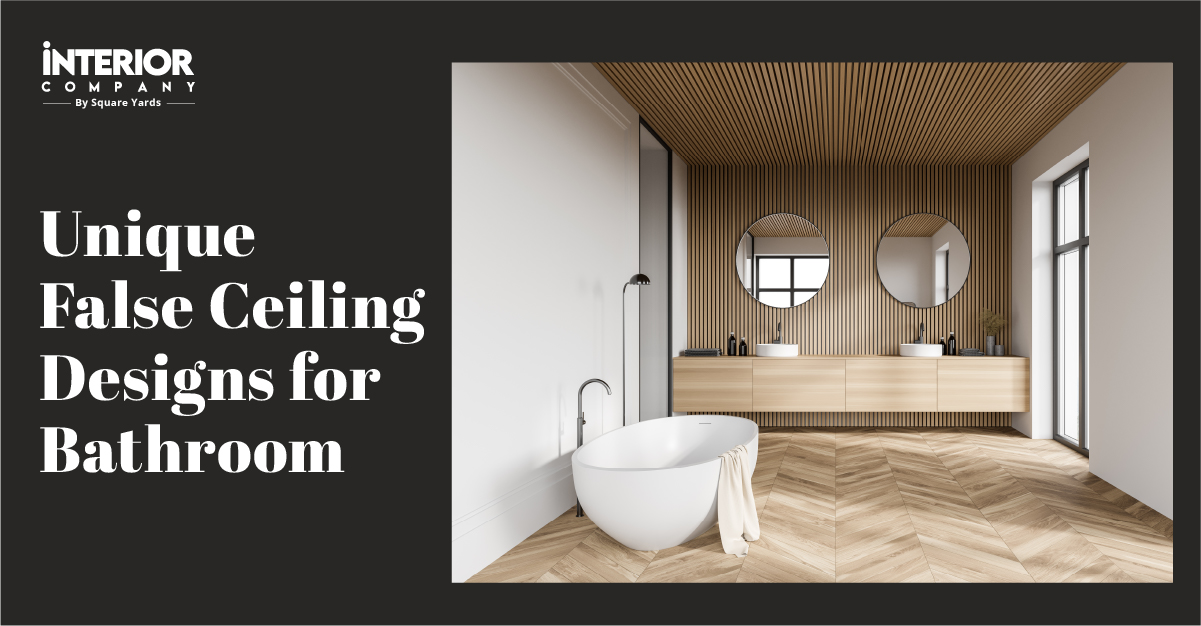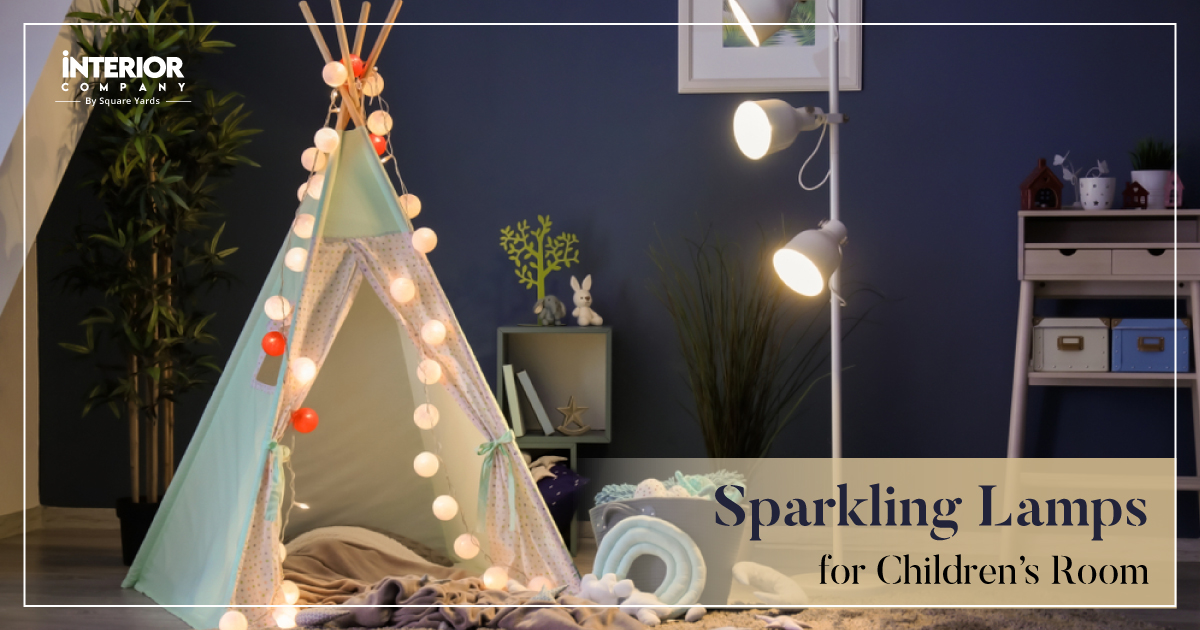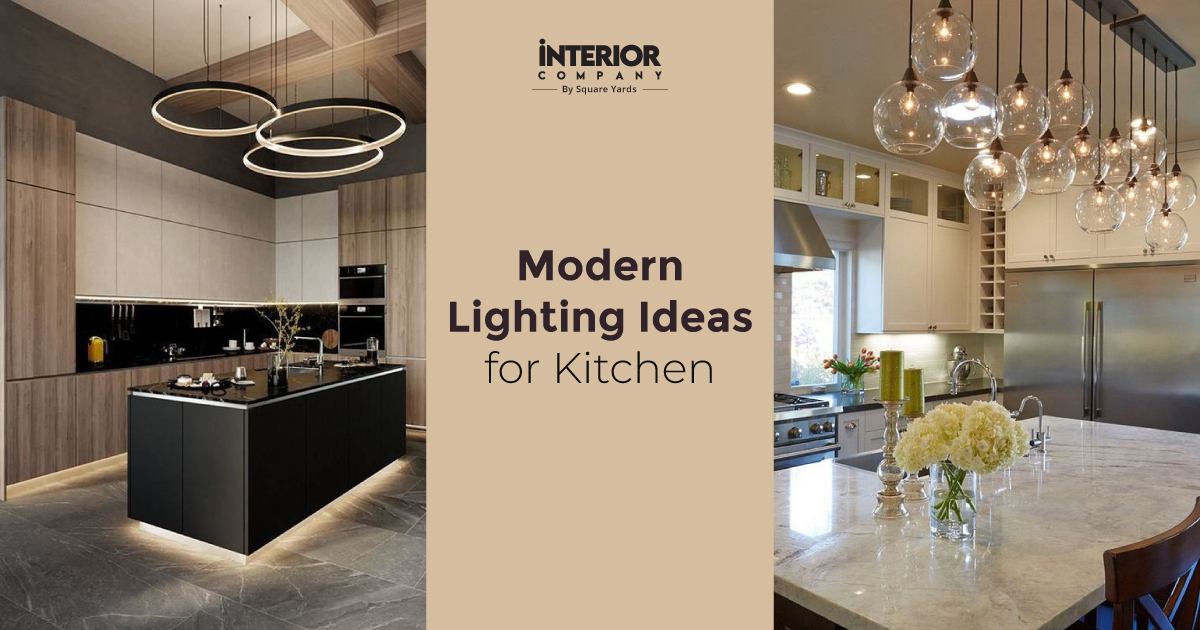- Home
- Trends
- Room
- Pooja Room
- Temple Direction In Home As Per Vastu
Divine Blessings: 10 Vastu Tips for a Blissful Pooja Room
A pooja room is the heart of any household, embodying the rich traditions and cultural heritage. It serves as the spiritual anchor of the home, where faith and devotion are deeply cherished, and every family member finds themselves at peace. The pooja room is a space for prayers and rituals and a source of serenity and positive energy that fills the entire household. It helps foster a deeper connection with the divine and is an integral part of many family member’s daily routines. Ensuring that this home temple aligns with Vastu Shastra principles of Indian culture benefits all household members, as it radiates positive energy throughout the home.
Table of Content
10 Vastu Tips for a Vibrant Pooja Room
Mandir Direction in Home: North-East Direction
Which Direction Should God Face in Pooja Room
Place the Agni Kund/ Diyas in the Southeast Direction
The Best Place to Keep A Mandir is On The Ground Floor
The Doors of the Pooja Room Should Open in a North or East Direction
You Should Always Face the North or the East Direction while Praying
Try Painting the Temple in Light Colours
Do Not Build Cabinets Above the Idols
The Pooja Room should be Well-Lit Even After Sunset
The Roof Design of Pooja Ghar Should be Shaped Like A Pyramid
Happiness Begins at Pooja Ghar
A Vastu-compliant pooja room will help harmonise all the family relations and help create a divine connection that fosters mental clarity, emotional well-being, and spiritual balance. Not adhering to the same vastu principles can lead to negative consequences, impacting the personal and professional lives of all family members. Here are some Vastu tips to enhance your pooja ghar’s energy and maximise positive vibrations throughout your home.
10 Vastu Tips for a Vibrant Pooja Room
Here are some tips to enhance the positive energy flow in your pooja room, helping you gain maximum personal and professional benefits:
Mandir Direction in Home: North-East Direction

Selecting the right location for your mandir is crucial, as it plays a key role in setting the energy channels of the home. A pooja ghar's ideal spot is the northeast corner of any Indian household, given that it attracts a lot of solar energy. If not possible, then the north or the east direction specifically can also yield positive results. You should avoid placing the mandir in the south direction as it will bring home inauspicious vibes and create disharmony between family members.
Which Direction Should God Face in Pooja Room
Just like the pooja room, the placement of idols should also be in the north-east direction and never in the south. They should not face each other or be placed in a cramped manner. Instead, they should be arranged in rows and facing only towards the devotee to receive maximum positive benefits. Their size should not be over 9 inches and must be kept at least 6 feet from the walls behind the pooja room.
Place the Agni Kund/ Diyas in the Southeast Direction

According to vastu, any diya or agni kund meant to purify the home should be placed in the southeastern corner. If not possible, you can also store them or decorate the temple in the north or the east direction. This will help bring health and wealth to the family members while placing diyas, or the temple, in the southeast direction will drain the home's prosperity. You can also opt to hang pictures of diyas in the southeast direction instead of lighting them.
{pooja_mandir}
The Best Place to Keep A Mandir is On The Ground Floor
The pooja ghar in any home should always be kept on the ground floor, most likely right next to the home's main door. This placement is inspired by old-school homes where mandirs were kept in the front verandah to generate the maximum positive vibes. Avoid setting up the mandir in the basement or near the shoe racks, as it is considered inauspicious.
The Doors of the Pooja Room Should Open in a North or East Direction

Try placing your pooja ghar in the northeast direction in such a manner that its door and windows open out towards the same side. Ideally, the doors should be made of wood or glass and should have at least two shutters/ doors. The homeowner should place the mandir in an airy room so that there is enough space for both shutters to open and close properly.
You Should Always Face the North or the East Direction while Praying
You should try arranging the pooja room so that each family member gets enough space to sit down to pray, ideally facing towards the north or the east direction. It will help amplify the positive effects of praying as it aligns the energy with the Earth’s magnetic fields. Praying while facing towards the North will help prosper financially, and towards the East will help in new beginnings.
Try Painting the Temple in Light Colours

Light shades like white, cream, pastel shades, or light yellow are ideal for pooja rooms as they help make the room look brighter and more spacious, representing purity and peace. According to Vastu Shastra, this will promote calmness in the home and help connect with the divine in a much more powerful way. Avoid using dark colours in the pooja room as they might distract the devotee while praying.
{pooja_mandir}
Do Not Build Cabinets Above the Idols
Placing cabinets in the pooja room should never disrupt the energy channel of the entire space. This means that these storage units, ideally shaped like a pyramid, should be placed under the pooja altar or in the lower section of the walls. These will keep the entire space clutter-free and ensure that every item is within reach while praying. According to Pooja Room vastu rules, you should never keep these over the idols as they will disturb the divine energy flow and block the sunlight directly.
The Pooja Room should be Well-Lit Even After Sunset

According to Vastu Shastra, the pooja room should have soft, warm lighting that infuses the space with uplifting energy. This can be done by avoiding harsh lights and placing lots of windows to allow natural light to fill the room. The room should never remain dark, even after sunset. Light a diya or oil lamp in the southeast corner of the pooja room to enhance the positive effects of your prayers.
The Roof Design of Pooja Ghar Should be Shaped Like A Pyramid
The roof design of a pooja ghar should be shaped like a pyramid or be slanted completely. This shape helps disperse energy evenly throughout the room and helps retain peace among the household members. Avoid very low ceilings, as they may restrict the flow of energy and yield negative consequences at the end of all rituals and prayers.
Must Read: 31 Beautiful Ganpati Decoration Ideas for Ganesh Chaturthi 2025
Happiness Begins at Pooja Ghar
A pooja ghar, or mandir, is one of the most sacred corners of the home that radiates lots of positive energy, helping every household member achieve all their dreams and goals. Each time you pray in a Vastu-compliant pooja home, you receive blessings and divine protection. Following these Vastu tips for pooja rooms can transform your lifestyle and enhance the positive impact of your daily prayers. Worshipping in the right direction and in the right manner will bring peace, prosperity and wealth, given it is done in a vastu-compliant pooja ghar.
Want to experience the power of a peaceful and vastu-complaint pooja ghar? Let our design experts help you create the perfect sanctuary for devotion and blessings in your home!
*Images used are for illustration purposes only. Interior Company does not hold any copyright to the images unless mentioned explicitly.*
Top Interior Designers in Your City
Ready for a home transformation?
Let our designers assist you!
Recent Posts
The mandir should face the northeast, north, or east direction in any Indian household.
Yes, the mandir can face the main door, but it should not be directly next to it.
The west direction is not ideal for the mandir, according to vastu.
Yes, the mandir can be placed in the centre of the house.
Keeping the mandir in the guest room is not advisable.
No, mirrors are not recommended in the pooja room, as per Vastu.
The five things that should be kept in the pooja room per vastu are idols, diya, incense sticks, holy books, and a bell.
Kalash, conch shell, and fresh flowers are considered auspicious in the pooja room.
God’s idols should face the east or north direction in the pooja room.
You should arrange idols in a slightly elevated way facing north or east with lots of space between them.
You should hand god’s photo on the north or the east wall.
No, you should try not to place god’s photo or idol in the West.
Traditionally, God’s idols should be placed on the right side of other arrangements.
Lord Kubera is often placed facing north for prosperity, and it is also the best direction for the mandir at home.
Yes, you can keep three god idols at home, but they should not be of the same deity.
No, you should try keeping god idols in the North or East direction.
No, east is not an ideal direction to place gods or the pooja ghar, according to vastu.
You should try facing god in north or east direction while praying.
No, a temple should face towards the North-Eastern direction.
Place the puja room in the northeast direction and ensure that the space remains clutter-free at all times.
Related Category
- Door Design
- False Ceilings
- Lighting
- Living Room
- Paint and Color



































